Slide title
COVID RESOURCES
Button
This resource is designed to help you and your organisation find the information you need.
-
Governing Body Awards
Refer to the latest SCA guidance for details of delivering British Canoeing awards.
-
Guidelines for accessing and cleaning equipment
Organisations and individuals that provide paddlesport activities are responsible for planning and risk assessing how they operate. Where people might touch the same object/surface it is essential to implement the SCA guidelines below.
The aim of this appendix is to provide clubs, centres and providers with guidance on how they can safely access equipment from a store or compound. This information should be given to all those engaged with this process either by sharing this document or briefing those concerned.
Toilets can now be used, with enhanced cleaning measures Scottish Government guidance on toilets.
While this advice tries to cover as many situations as possible, and even if all the advice is followed it does not guarantee that the risk of contracting COVID-19 is completely eliminated.
The aim is to limit the opportunity for the virus to be passed either directly from one person to another, or from contact from shared surfaces.
Accessing equipment - either from outdoor or indoor stores
Limits on the number of participants accessing facilities should be risk assessed to ensure physical distancing can be maintained. This should take into consideration that at phase 3 outdoors you can meet with up to four other households (or extended households) at a time, and no more than 15 people in total, indoors you can meet with up to two other households and up to 8 people at a time
The basic principles are to minimise person-to-person infection and minimise the chance of infection from contact with surfaces.
- Maintain physical distancing between household groups
- Brief members/participants/staff on procedure for accessing equipment
- No person with any symptoms (temperature, cough, disturbed taste), even if more than 7 days from onset of symptoms, should participate in the activity even as a spectator
- Limit the number of people who open or close the store.
- Brief everyone prior to the session to only make contact with their own kit and not to touch other equipment or surfaces
- Every person to wash hands using soap and water or 70% Alcohol hand sanitiser prior to gaining access to the premises and, if they come into contact with surfaces and when leaving. Hands should be visibly clean before using hand sanitiser to ensure effectiveness . Cleaning products should conform to EN14476 standard or any detergent is followed by chlorine releasing agent.
- Should more than one person be required to move any equipment
- Ideally use a member of their own household group
- The same people contact the same end of the boat for that session every time assistance is required (cleaning protocols to be followed at end of session)
- Use protective gloves if needed, Gloves should be regarded as infected following a single use and either disposed of or properly themselves cleaned. They are not a replacement for appropriate hand washing which of itself should be adequate to limit contact spread
- Clean contact points following contact. (See cleaning protocols)
- Avoid touching your face at all until hands have subsequently been washed or cleaned
Accessing equipment from an outdoor store
- Follow all the basic principles (above) to minimise the chances of the virus being spread
- Devise a timetable of when people will go to the outdoor store in order to observe physical distancing and to avoid concentration of people at a certain time
- Limit access to indoor spaces to one person / household at a time
Accessing equipment from indoor store
If it is necessary to enter an indoor store to retrieve equipment to be used for a session this should be treated as an exception and the following procedure must be followed.
The minimum number of people possible should enter the indoor store for the session to retrieve equipment required and place this in an open space for others to collect. The maximum number of people doing this should conform to Scottish Government guidance related to seeing others indoors. Ideally face masks should be used throughout. All touch points must be cleaned as per cleaning procedure below.
No public access within the indoor store is permitted. Appropriate hygiene measures must be put in place and followed at all times. This includes appropriate PPE for the designated persons/household to ensure the operator is safeguarded. Care must be taken not to touch any hard surfaces which have not been disinfected. All surfaces must be disinfected afterwards using the cleaning protocols outlined in this appendix.
Cleaning protocols for equipment stores
The person who opened the premises cleans the common contact points such as padlocks, door handles, light switches etc. This should take place every time people are on site. Further information on cleaning can be found at:
- Health Protection Scotland: General guidance for non-healthcare settings
- UK Government / HPE: Cleaning in a non-healthcare setting
- Health Protection Scotland: Hand hygiene techniques
Cleaning products and equipment
- 70% alcohol hand sanitiser or 70% alcohol cleaning spray which must be applied with a cloth. Caution should be taken, particularly with sprays, as alcohol is flammable.
- Domestic household bleach containing 5-6% bleach diluted 1 part bleach to 49 parts water minimum to achieve a 0.1% solution, applied with a cloth. (Household bleach may be supplied in other concentrations e.g. commonly between 3-8%. Diluted bleach will degrade with time and should be prepared on the day it is required.)
- Protective gloves, these may be cleaned and dried for reuse if not disposable
- Disposable cloths soaked in disinfectant, ideally biodegradable
- Waste bags for safely disposing of used cleaning materials
All disinfectant solutions should be stored in opaque containers, in a well-ventilated, covered area that is not exposed to direct sunlight and ideally should be freshly prepared every day.
Follow all manufacturer's instructions for Personal Protective Equipment required and use of any product used for cleaning.Reference should be made to the Control of Substances Hazardous to Health COSHH regarding the handling, storage, use and disposal of chemicals.
Cleaning Procedures for Premises
- Wipe down all touch points using cleaning products such as - padlocks, door handles, light switches etc. to remove any dirt from surfaces, as this would reduce the effectiveness of disinfecting the surface afterwards.
- Disinfect all touch points using either alcohol or diluted bleach as described above.
Cleaning Procedures for Paddlesport Equipment
Equipment that is only accessed and used by one individual or within a household group does not need to be cleaned if no one else makes contact with it.
Procedures must be in place to ensure that no one makes contact with other people’s personal or designated equipment beyond a household group. A colour coding or numbering system could be used for this. All participants and others who have access to the equipment must be briefed on the procedures.
Where assistance outside a household group is required to carry heavy equipment such as boats, disposable gloves should be worn or hands cleaned before and after lifting. 70% alcohol hand wash should be carried by all paddlers for this purpose.
Where equipment is touched or used by others there are two options:
- Option A - all equipment is quarantined for 72 hours between use. Given that the cleaning of equipment is difficult, the preferred recommendation is to rinse to remove any visible dirt, dry and allow a period of 72 hours between the use of any equipment by members from different household groups.
- Option B - equipment is cleaned following the guidance in this document after each use. Equipment manufacturers do not recommend using chemicals to clean equipment as it might shorten its life and/or change its appearance but recognise that it might be required in order to adequately clean equipment between sessions where different people will use it. If equipment needs to be used frequently then this option should be used and particular attention paid to touch points such as toggles, around the cockpit or gunwales, hatch covers and paddle shafts.
Examples of cleaning procedures
The processes outlined here are designed to minimise the chance that a paddlesport activity will be a focus of transmission. Remember also that the young and otherwise fit are the most likely to be asymptomatic carriers. This advice will be reviewed and potentially updated regularly.
-
Activities for Children
All organisations providing children’s activity must abide by relevant sportscotland guidance and have a named ‘COVID Officer’ who will complete documented risk assessments and ensure all appropriate mitigations are put in place by the sports organisation before any children’s outdoor activity is undertaken.
Refer to SCA latest guidance for further details.
-
Communication with members/customers
- Clubs and centres should communicate clearly and regularly with members and participants setting out what they are doing to manage risk, and what advice they are giving to individuals before, during and after visits to the venue/activity.
- Make them aware in advance of measures you are putting in place at your venue, and guidelines they are asked to follow.
- Ideally clubs, providers and centres should publish an action plan detailing their plans to re-open safely.
- It is more important than ever to consider inclusive guidance for people who need support to be active and clubs/providers/centres should consider this as part of their work to encourage people to return.
- Ensure signage on guidelines for participating safely and promoting hygiene measures are clearly displayed and up to date.
-
Facilities
Please see sportscotland 'Getting your facilities fit for sport'
-
COVID Risk Assessments
This guidance is to support coaches, club leaders, and providers on the phased return of outdoor sport and recreation in Scotland. If you are a coach, club leader or instructor you can, as an extension to exercise, now work outdoors, providing all activity is consistent with current Scottish Government guidance on health, physical distancing and hygiene – you will also need to make sure that you can adapt to changes in guidance at short notice.
sportscotland Risk Assessments
-
COVID Officer Role
-
Test and Protect
Participants should be asked to complete a self-declaration about their health and circumstances before attending a session.
The organisation running the session/event must keep a record of attendees for 21 days in accordance with the Scottish Government Test and Protect process.
-
Useful links







